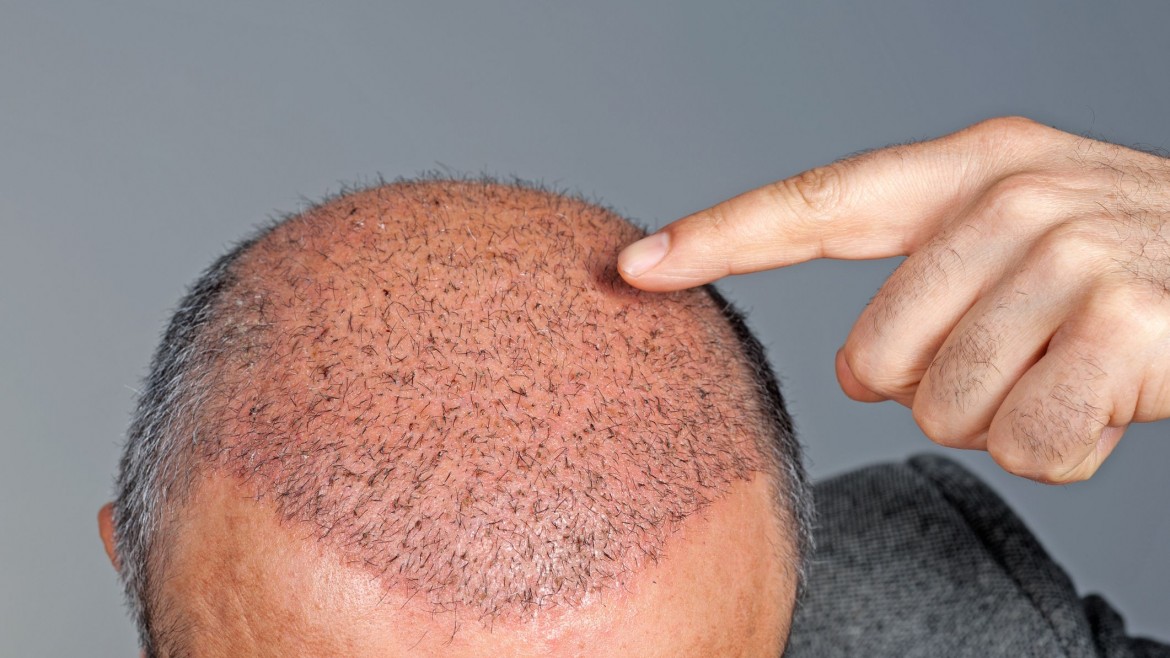Introduction to FUE Hair Transplant Myths
Hair loss can be a significant concern for many individuals, leading them to explore various hair restoration options. FUE Hair Transplant is one such method that involves extracting individual hair follicles from a donor area and transplanting them to the balding or thinning areas. Despite its proven efficacy, there are several myths associated with FUE hair transplants that need to be addressed.
Myth 1: FUE Hair Transplants Are Painful and Risky
One of the common misconceptions about FUE hair transplants is that they are extremely painful and carry a high risk of complications. However, advancements in technology and techniques have made FUE procedures minimally invasive, with patients experiencing little to no discomfort during the process. Additionally, the risk of complications is significantly reduced when performed by experienced surgeons in accredited facilities.
Myth 2: FUE Leaves Visible Scars
Contrary to popular belief, FUE hair transplant procedures leave minimal scarring, especially when compared to traditional strip harvesting methods. The tiny incisions made during FUE heal quickly and are virtually undetectable, allowing patients to wear their hair short without worrying about visible scars.
Myth 3: FUE Hair Transplants Don't Look Natural
Another myth is that FUE hair transplants result in an unnatural appearance. However, with skilled surgeons and precise techniques, FUE procedures deliver natural-looking results. The transplanted hair grows naturally over time, blending seamlessly with existing hair for a natural and aesthetically pleasing outcome.
Myth 4: FUE Hair Transplants Are Only for Men
While FUE hair transplants are commonly associated with male pattern baldness, they are also an effective solution for women experiencing hair loss. Women can benefit from FUE procedures to restore hair density and achieve a fuller, more youthful appearance.
Myth 5: FUE Hair Transplants Are Expensive and Not Worth It
While the cost of FUE hair transplants can vary depending on factors such as the extent of hair loss and the clinic's location, they are often more cost-effective in the long run compared to temporary solutions like wigs or hairpieces. Additionally, the psychological benefits of regaining a full head of hair are invaluable to many individuals.
Myth 6: FUE Hair Transplants Require Long Recovery Times
FUE hair transplant procedures typically have shorter recovery times compared to traditional methods. Patients can resume their normal activities within a few days, with minimal downtime. However, it's essential to follow post-operative care instructions provided by the surgeon to ensure optimal healing and results.
Myth 7: FUE Hair Transplants Can Cause Permanent Damage
When performed by qualified surgeons using appropriate techniques, FUE hair transplants do not cause permanent damage to the scalp or existing hair. In fact, they can improve the overall health of the scalp and stimulate natural hair growth in the transplanted areas.
Debunking FUE Hair Transplant Myths with Facts and Expert Insights
It's crucial to separate fact from fiction when considering FUE hair transplant procedures. Consulting with experienced hair restoration specialists and researching reputable clinics can provide accurate information and realistic expectations. FUE hair transplants offer a safe and effective solution for hair loss, debunking myths and empowering individuals to make informed decisions about their hair restoration journey.
Conclusion
In conclusion, FUE Hair Transplant in Riyadh myths often stem from misconceptions and lack of accurate information. By debunking these myths and providing factual insights, individuals can better understand the benefits and realities of FUE procedures. Choosing a reputable clinic and skilled surgeon is key to achieving natural-looking results and a positive hair restoration experience.






Comments